How Can Structural Engineering Address Its Skills Gap?
This article explores the skills gap in structural engineering, highlighting challenges with digital design, practical experience, and evolving building regulations. It discusses the importance of education, mentorship, and ongoing professional development for creating a workforce ready for modern construction demands.
How Structural Engineers Ensure Buildability in Design
This guide explores how structural engineers prioritise buildability during design, including risk assessments, regulatory compliance, cost control, and the use of modern construction methods. Learn how integrating technology and collaboration leads to efficient, practical, and safe building projects in the UK.
Decade of Innovation: 10 Structural Engineering Advances Shaping 2025 Projects

This article examines ten key structural engineering advancements driving the UK construction sector in 2025, including AI-driven design, BIM Level 3, modular construction, low-carbon materials, smart building technologies, updated regulations, and skills development to meet future sustainability, safety, and efficiency standards.
Quality Assurance on Site: The Role of Structural Inspections During Construction
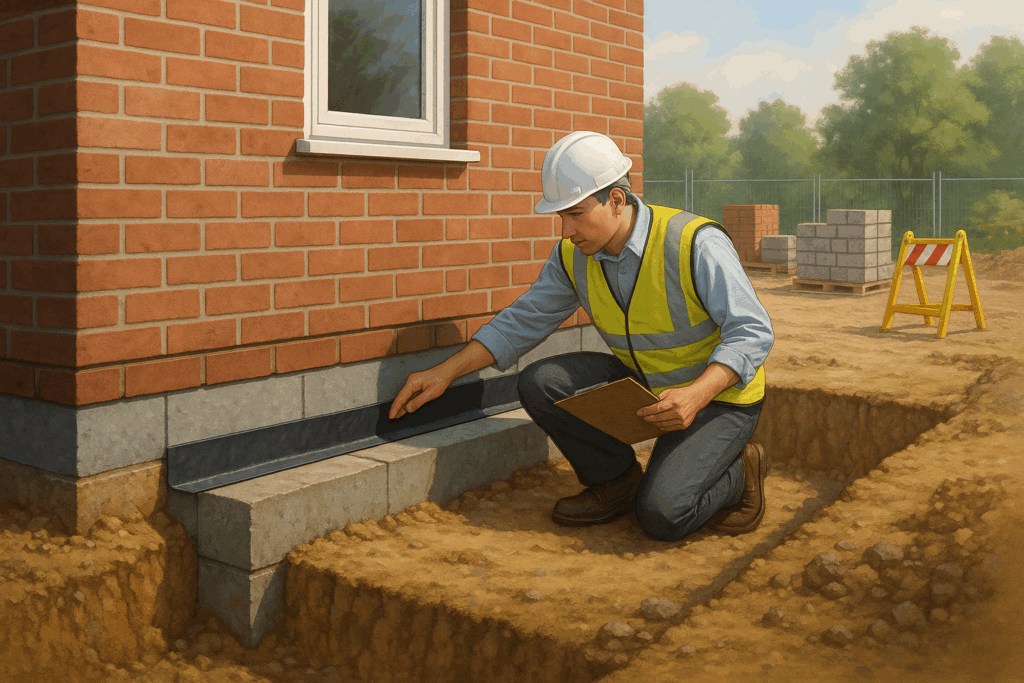
This article examines the evolving landscape of construction quality assurance in the UK, focusing on the impact of the Building Safety Act 2022, regulatory frameworks, critical inspection stages, digital innovations, and ongoing challenges to ensure safety, compliance, and improved outcomes on construction sites.
Self-Healing Concrete: Smart Materials That Could Repair Themselves
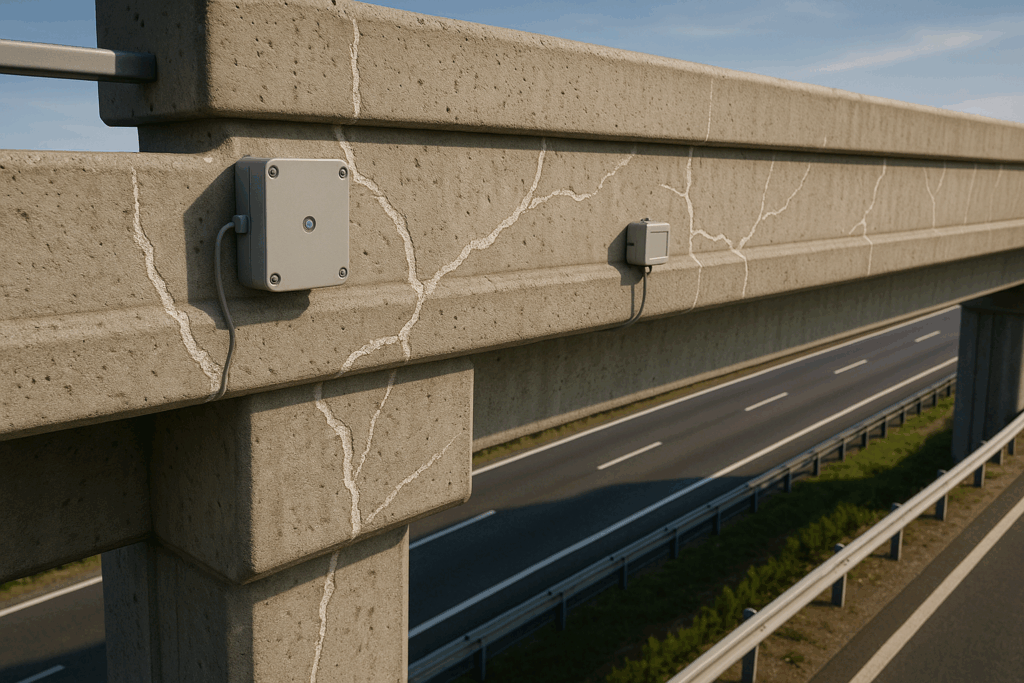
This article examines self-healing concrete technologies in the UK, detailing how bacteria, polymers, and microcapsules enable cracks to repair themselves. It explores real-world infrastructure applications, economic and sustainability benefits, digital integration with smart sensors, and future research directions shaping commercial adoption.
Avoiding Construction Delays: Why Early Structural Coordination Matters
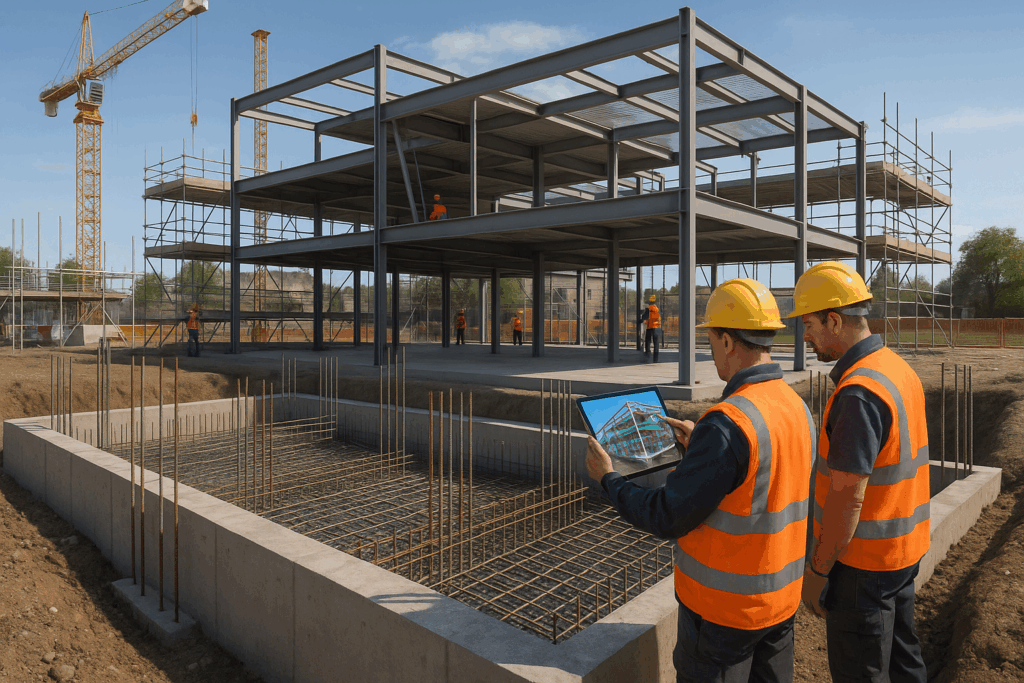
This article analyzes how early structural coordination, enabled by technologies like BIM, mitigates construction delays, cost overruns, and compliance issues in the UK. It explores regulatory shifts such as the Building Safety Act, professional standards, and the role of digital innovation in project delivery.
Architect & Engineer Collaboration: Integrating Structural Design Early for Better Results

This article examines the growing importance of early collaboration between architects and structural engineers in the UK, highlighting regulatory drivers like the Building Safety Act 2022, technological tools such as BIM, and the economic benefits of integrated project delivery for improved compliance, cost efficiency, and safety.
AI in Structural Engineering: How Automation is Changing Design and Analysis
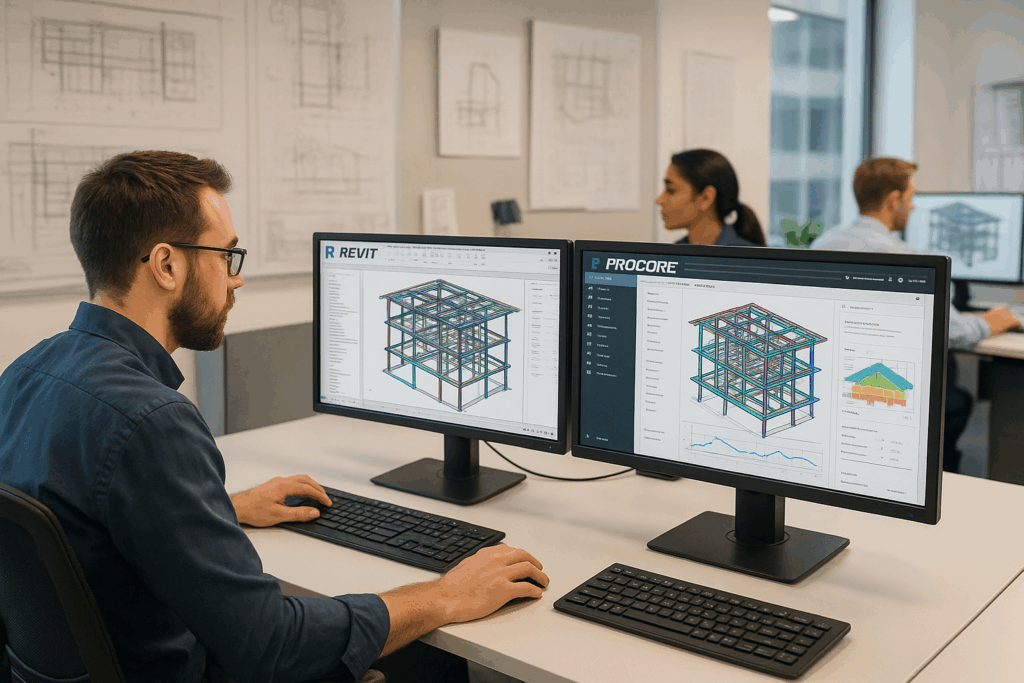
This article examines how artificial intelligence is transforming UK structural engineering, focusing on AI-driven design, compliance checking, safety improvements, and workforce skills. It explores the regulatory landscape, economic impact, and the importance of balancing automation with professional expertise.
Drones & 3D Scanning: Tech Revolutionizing Structural Inspections
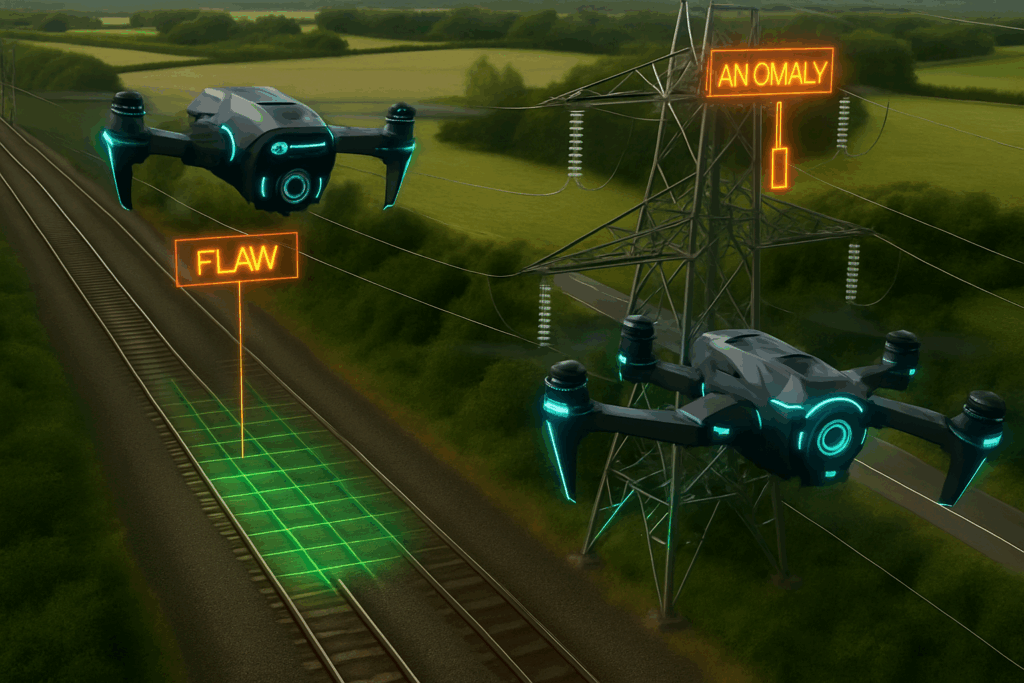
This article examines how drone technology and 3D scanning are revolutionising structural inspections in the UK. It explores advancements like LiDAR, AI-powered defect detection, regulatory changes enabling BVLOS operations, and their impact on safety, sustainability, cost savings, and maintenance efficiency.
Rise of the Robo-Builder: AI, BIM and Robots in Construction 2025

This blog explores major construction technology trends for 2025, including AI-driven design, advanced BIM, digital twins, robotics, drones, exoskeletons, and 3D printing. These innovations enhance productivity, safety, and precision for steelwork, SFS, architecture, and contracting professionals navigating the evolving industry.
